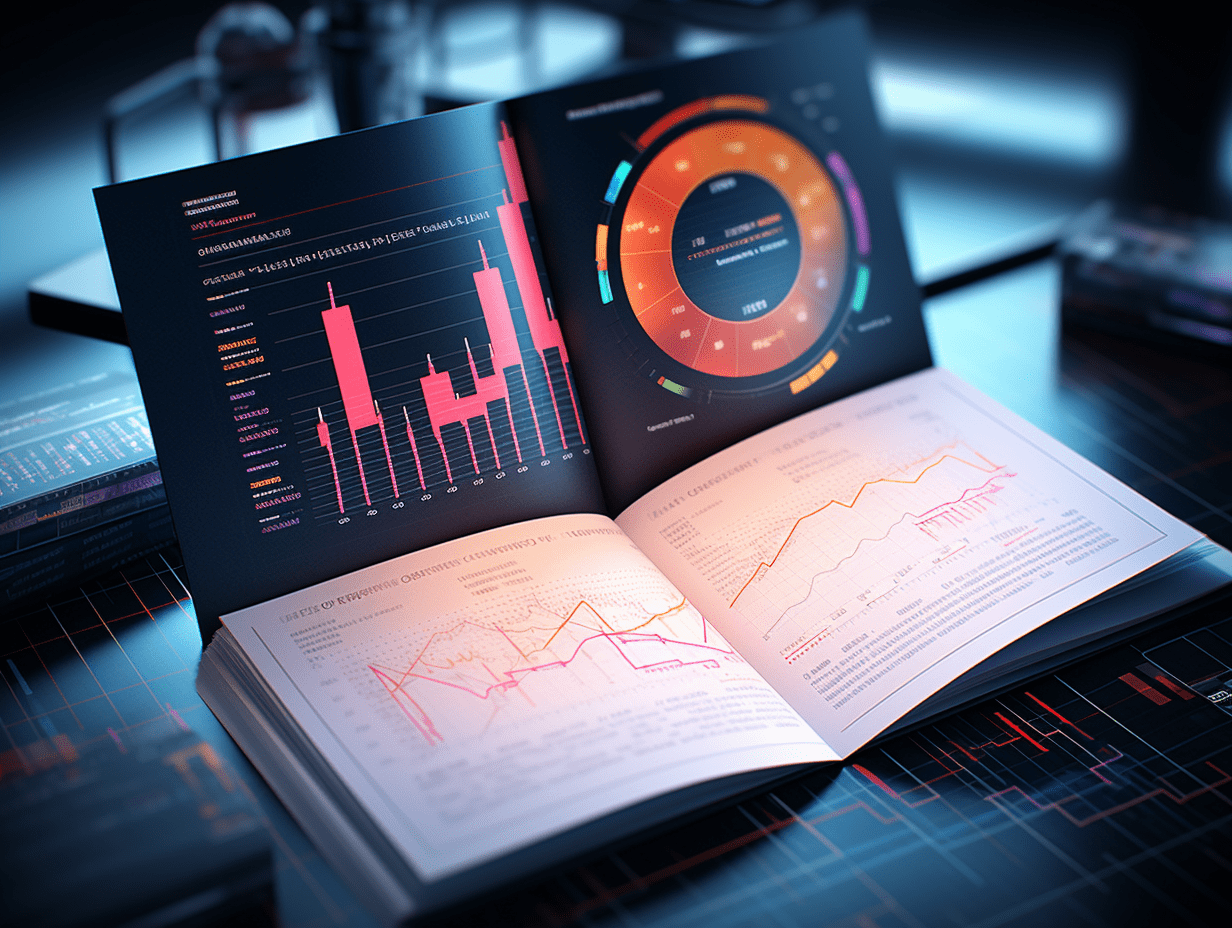
Goldman Sachs: Trump's trade policy could lead to "negative spillover effects" Downgrade forecast for Australia's economic growth next year.
Goldman Sachs has lowered its forecast for Australia's economic growth in 2025, citing the incoming Trump-led government's expected increase in tariffs on China, which could have "negative spillover effects."
The "Australia and New Zealand 2025 Outlook" released by Goldman Sachs on Monday shows that the bank currently expects Australia's GDP to grow by 1.8% next year, down from the previous forecast of 2%, reflecting the potential impact on exports to Australia's largest trading partner. Previously, President-elect Trump threatened to impose a 60% tariff on Chinese exports to protect American companies and jobs.
The rise in interest rates (currently at a 13-year high of 4.35%) has dampened consumer spending, leading to a slowdown in Australia's economic growth this year. Goldman Sachs maintains its "dovish" stance, believing that the Reserve Bank of Australia will begin easing monetary policy in February next year, earlier than many other economists and market forecasts.
Goldman Sachs predicts that the RBA will cut interest rates at its first meeting next year and lower the official cash rate to 3.25% before November. In comparison, the money market expects the RBA to wait until May to ease policy.
Economists led by Andrew Boak stated in the report, "Our forecasts are more dovish than market pricing and general expectations. Overall, we interpret higher tariffs on China by the US as dovish for Australia's interest rates."
They noted that Australia will hold elections in May 2025, and new voter-friendly policies may further stimulate the economy. The center-left Labor government has already announced a series of measures to alleviate concerns about rising living costs, including energy rebates, expanding rental assistance, and reducing student debt.
Goldman Sachs stated, "We note the upside risks from new fiscal stimulus measures before the federal election next year."
In New Zealand, Goldman Sachs' baseline forecast is for the central bank to continue cutting rates by 50 basis points in November and February next year. Then, the central bank will slow the pace, cutting rates by 25 basis points at each meeting and reaching a final rate of 3% in July 2025.
Goldman Sachs: maintains a "buy" rating on Alibaba-W (09988) with a target price of HK$131.
HK Stock Market Move | Cement stock prices lead gains in October, with cement prices continuing to rise both month-on-month and year-on-year. Institutions say there is still significant room for recovery in cement price-to-book ratios.
RECOMMEND
©️2013 - 2024 GMT EIGHT Holdings. All Rights Reserved.
Contact: contact@gmteight.com


